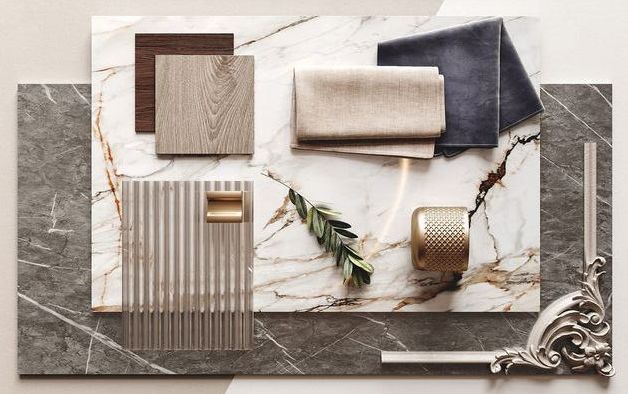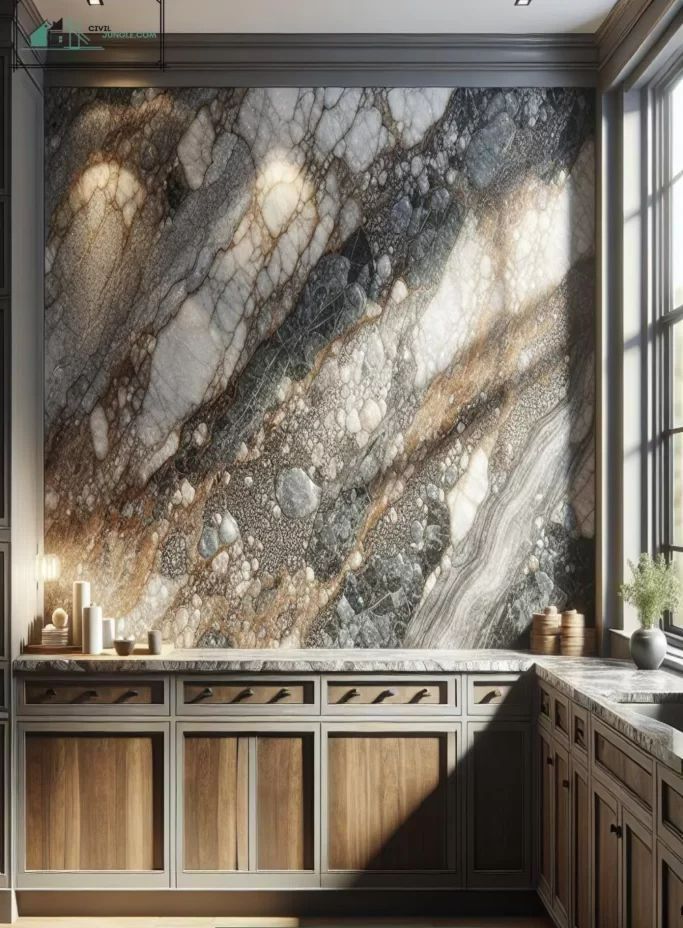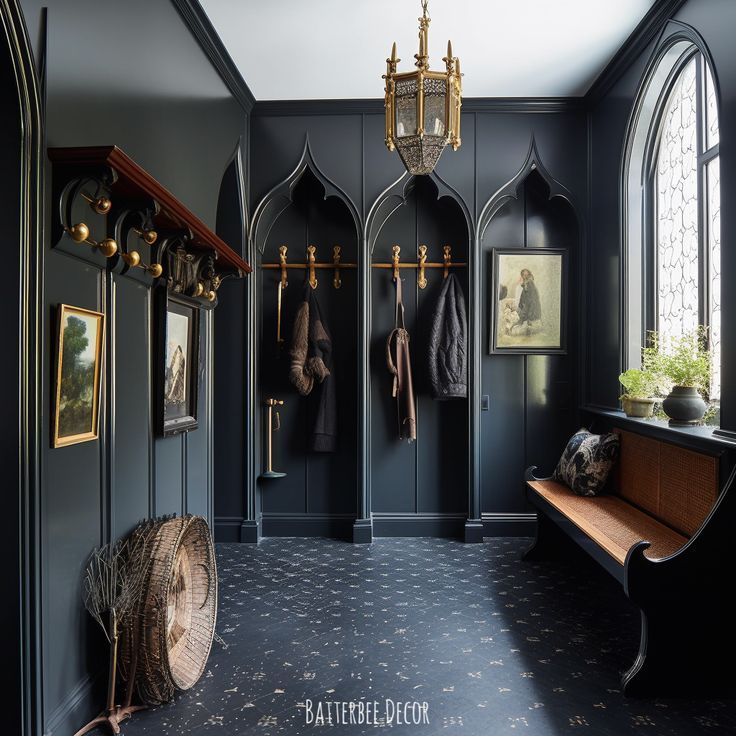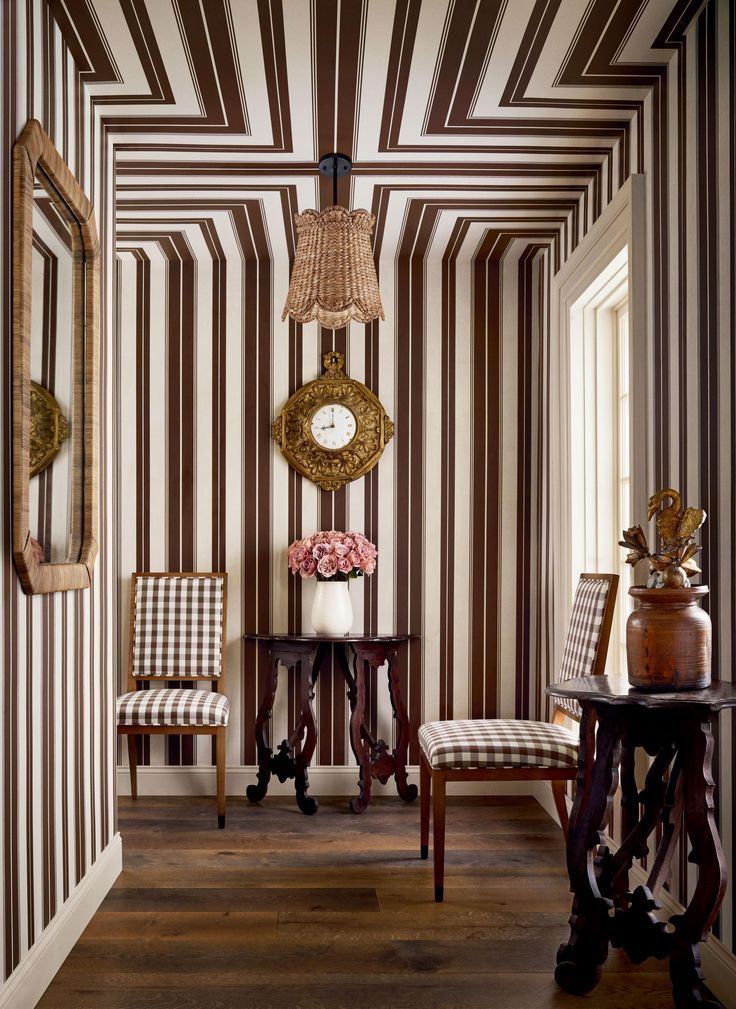Materials Matter
Selecting the Right Materials in Interior Design: A Guide to Elegance and Sustainability

In the realm of interior design, the selection of materials is not just a matter of aesthetics; it’s a complex decision that influences both the environment and the well-being of its inhabitants. The right materials can elevate a space from ordinary to extraordinary, infusing it with character, warmth, and style. This guide aims to shed light on the essential considerations for selecting materials that not only look beautiful but also promote sustainability and comfort.
Understanding Material Properties
The journey to selecting the right materials begins with a deep understanding of their properties. Each material comes with its unique texture, durability, and maintenance requirements. For example, natural stone offers unmatched elegance and durability for flooring and countertops but requires regular sealing to prevent stains. On the other hand, bamboo flooring provides a sustainable and warm alternative, with the added benefit of being a rapidly renewable resource.
Functionality and Durability
Consider the function of each space when selecting materials. High-traffic areas demand materials that can withstand wear and tear without compromising on aesthetics. In kitchens and bathrooms, moisture-resistant materials such as porcelain tiles or engineered quartz offer longevity and are easy to clean.
Comfort and Safety
Materials significantly impact the comfort and safety of a space. Natural materials like wood and wool add warmth and can improve air quality, but they need to be sourced responsibly to ensure sustainability. Non-toxic materials are a must for indoor environments to safeguard the health of the occupants, especially in homes with children or pets.
Aesthetic Cohesion
The aesthetic appeal of materials plays a pivotal role in interior design. The texture, color, and finish of materials should harmonize with the overall design theme. For a minimalist design, consider using materials with subtle textures and neutral colors. For a more opulent look, rich textures and bold patterns can add depth and interest.
Texture and Color
Texture and color influence the mood and perception of space. Soft textures and warm colors can create a cozy and inviting atmosphere, while sleek, cool-toned materials can evoke a more modern and sophisticated vibe. Balancing these elements is key to achieving the desired effect.
Sustainability and Ethical Sourcing
In today's world, sustainability and ethical sourcing are not just trends but necessities. Selecting materials that are sustainably sourced and have a low environmental impact contributes to a healthier planet. Look for certifications like FSC for wood products or GreenGuard for low-emission materials to ensure that your choices are environmentally responsible.
Innovation and Technology
Advancements in technology have introduced innovative materials that combine aesthetics with functionality. Composite materials, recycled glass countertops, and eco-friendly paints are examples of how innovation is reshaping material choices in interior design. These alternatives often offer superior performance while reducing environmental impact.
Selecting the right materials in interior design is a delicate balance between beauty, functionality, and sustainability. By understanding the properties of materials and considering their impact on the environment and well-being, designers can create spaces that are not only visually stunning but also sustainable and comfortable. As we move forward, the thoughtful selection of materials will continue to be a cornerstone of responsible and innovative interior design, shaping the spaces in which we live, work, and play.






